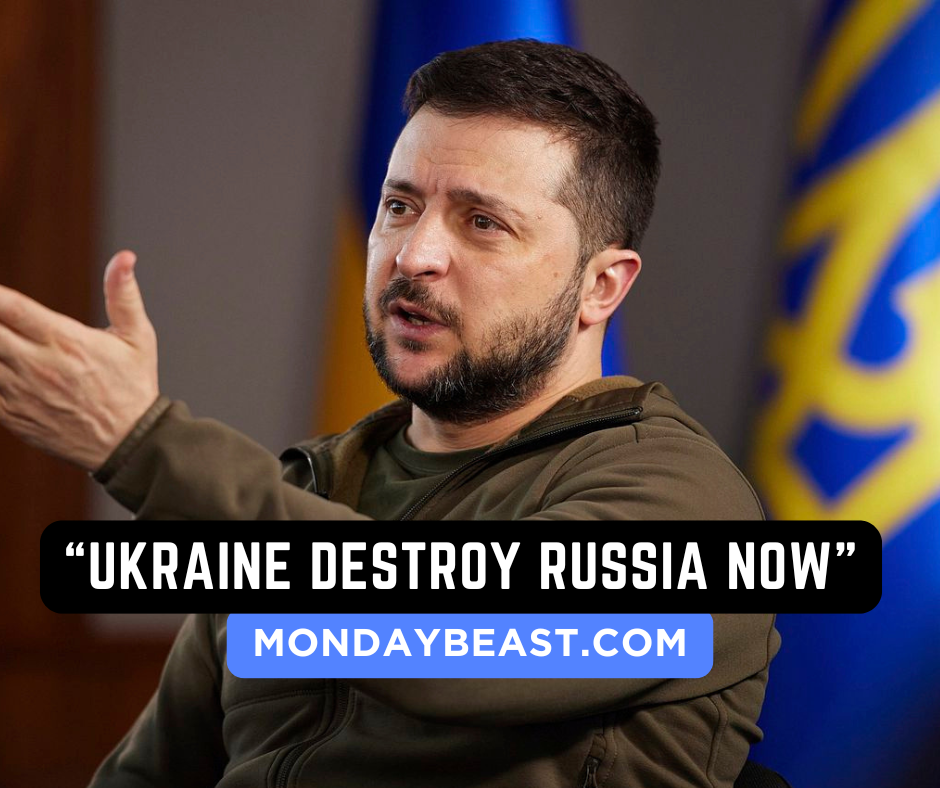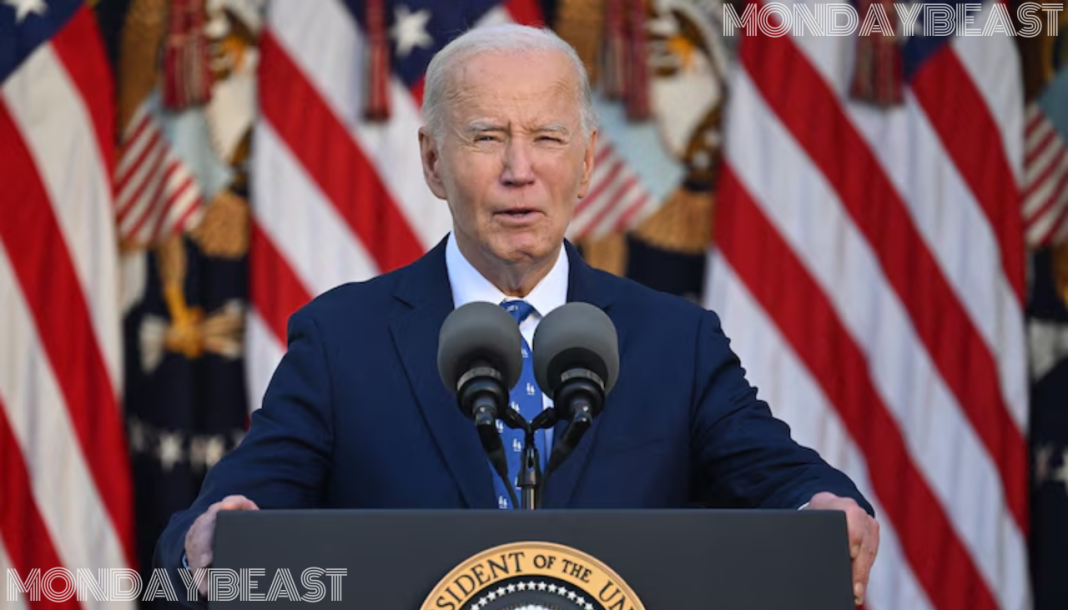In the wake of Russia’s hypersonic Oreshnik missile launch, NATO displays unwavering support for Ukraine. The missile strike on Dnipro City has stirred the waters, but NATO’s resolve seems unshaken. What does this mean for the ongoing conflict? Will such aggressive actions from Russia alter international support for Ukraine? As we unpack this, we must confront the realities of a complicated geopolitical landscape.
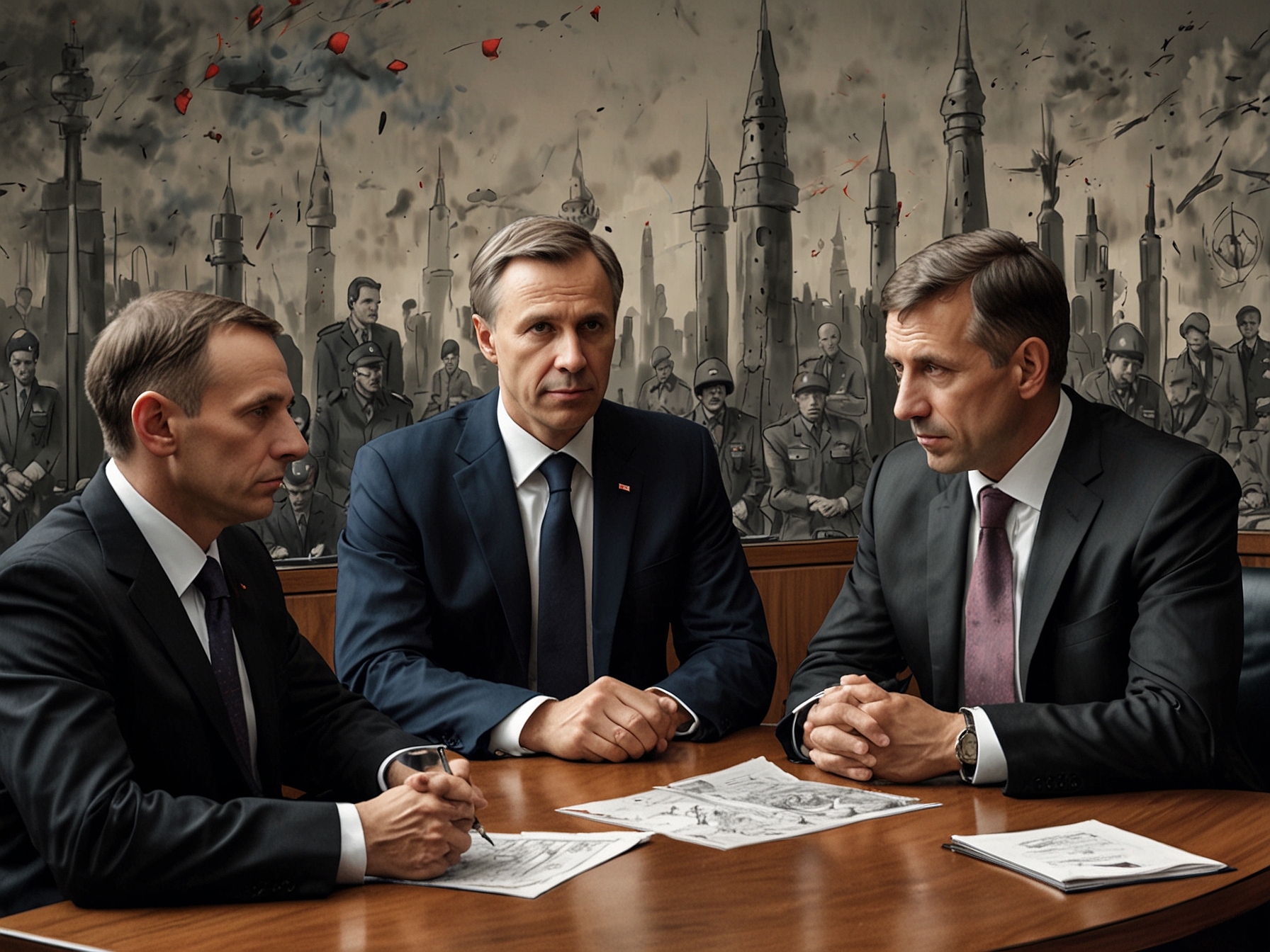
NATO’s recent statement comes after a meeting between NATO allies and Ukrainian representatives. Gathered in the wake of the missile threat, they discussed the implications of Russia’s actions. According to NATO spokesperson Farah Dakhlallah, it’s clear: “Russia’s deployment of hypersonic capabilities will not change the course of the conflict.” Powerful words that underline a steadfast commitment to Ukraine—even as tensions heighten.
Let’s consider the lives impacted by these military escalations. Imagine families in Dnipro, going about their daily routines, suddenly consumed by fear as missiles slice through the sky. This attack, labeled by NATO as an attempt to terrorize civilians, resonates deeply. It’s not just a geopolitical maneuver; it hits home for countless Ukrainians. NATO reaffirms its support. Yet, how long can public sentiment hold up under the weight of constant threats?
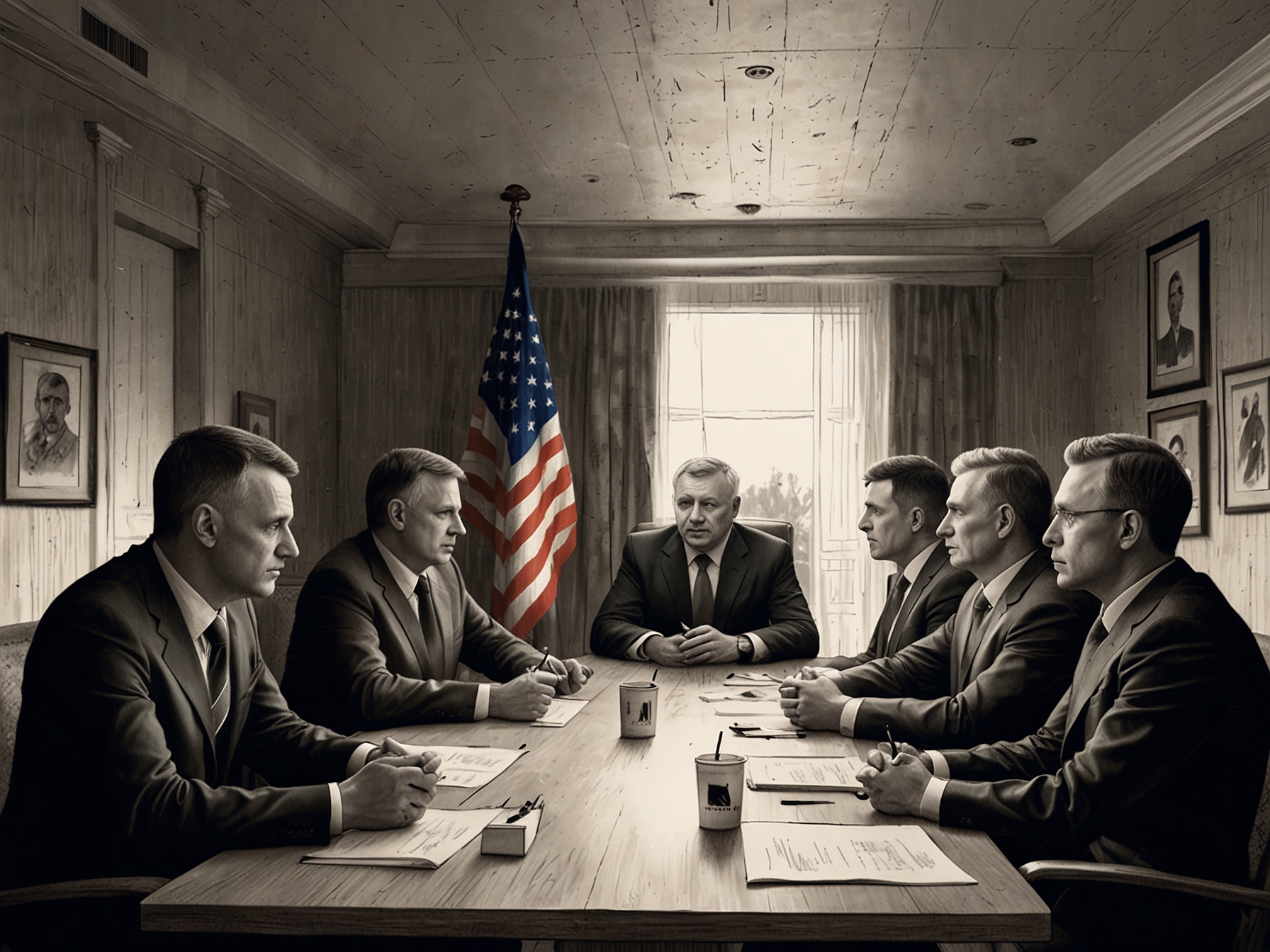
NATO’s commitment is clear at this juncture. Allies emphasize that the missile launch will not deter military aid flowing to Ukraine. This support manifests not only through weapons but also via humanitarian efforts. Countries are determined to stand tall, offering whatever means essential in combating aggression. Yet, what about the psychological ramifications? The continuous bombardment etches itself into the psyche of those affected.
In the broader context, this missile launch deserves scrutiny. It’s a signal—perhaps even a desperate act—by Russia in response to Western long-range weaponry being employed by Ukraine against its forces. In a world where power dynamics shift daily, we should ask ourselves: what next? Will this effectively escalate an already volatile situation?
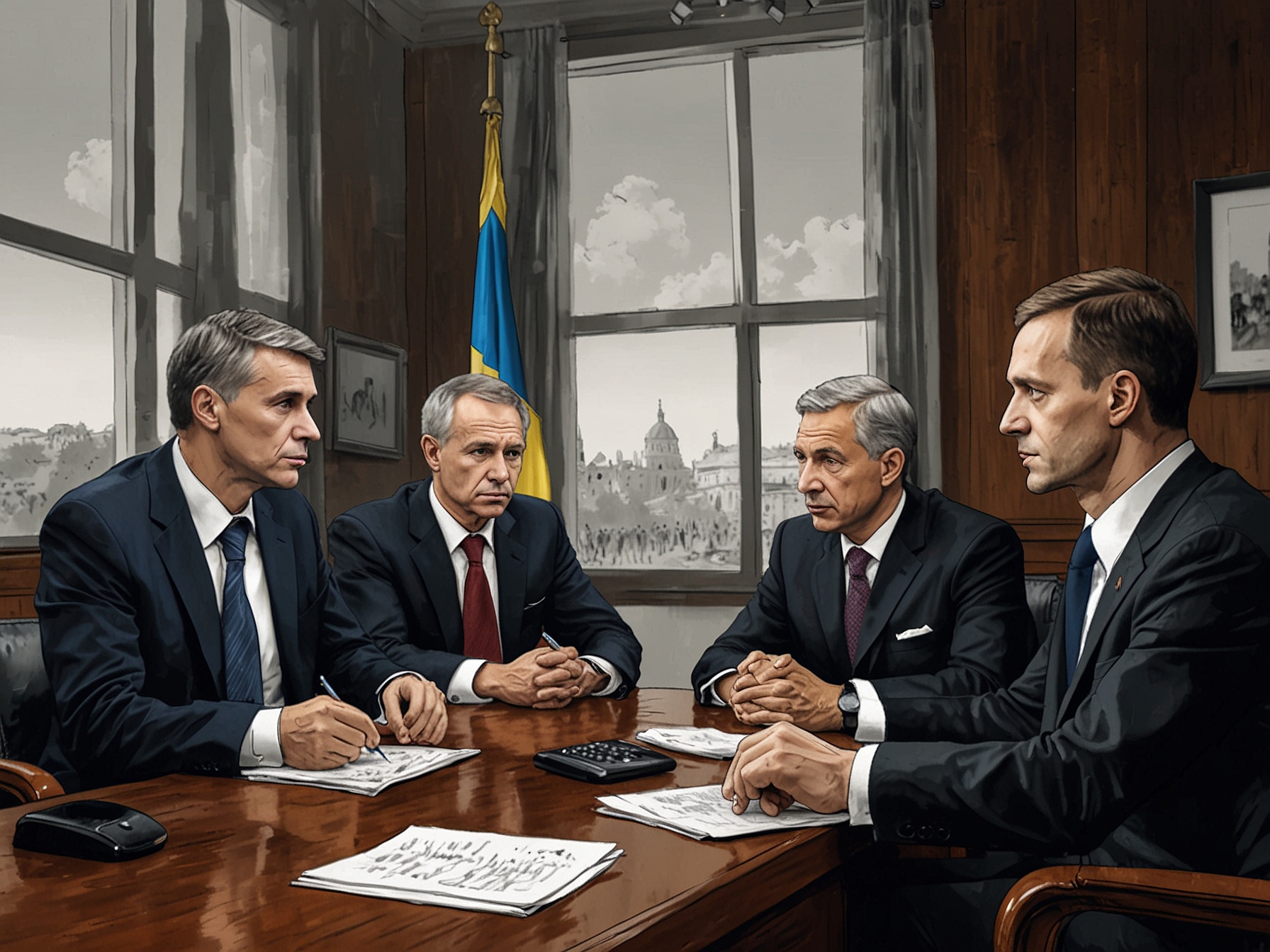
The NATO-Ukraine Council meeting concluded with reaffirmations of solidarity. Scheduled for further discussions on December 3-4, this upcoming meeting looms large. Analysts are pondering: what strategies could emerge from these talks? While the situation remains fluid, the global audience watches closely.
Through the lens of current events, the personal stakes grow higher. Each missile launched jolts a sense of urgency within many nations. Each proclamation by NATO emphasizes the collective responsibility for peace. But will peace be achievable amid aggressive posturing?
As we reflect on this unfolding narrative, we must consider: Is a unified approach sufficient in the face of such military bravado? Or are words alone inadequate? The answers may not be clear-cut, inviting us to question what future conflicts might arise in this enduring struggle.

